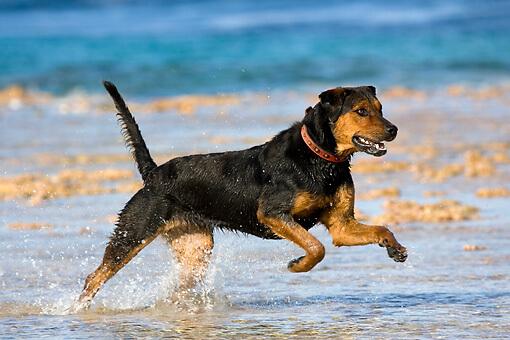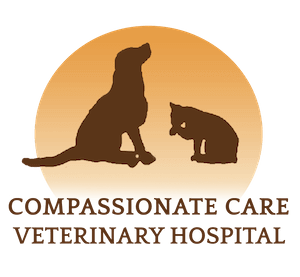
Endoscopy is a procedure that uses a tiny video camera at the end of a very narrow scope in order to see inside of the body. Sometimes our practice uses endoscopy for surgical procedures but most often we use it for diagnostic purposes. Minimally invasive, the procedure requires relatively little recovery.
Before the endoscopy, our practice will first perform a full physical exam. Because of the use of anesthesia, your pet may require blood tests to ensure the ability to properly metabolize the medications. Our practice then administers the anesthesia and carefully monitors your pet during the entire procedure. After the endoscopy, we gently awaken your pet from the anesthesia and, in most cases, you can take you pet home the same day.
Sometimes our practice uses endoscopy to perform biopsies, take cultures, or remove tumors, masses, or foreign bodies. After the procedure, our practice evaluates the information gathered or possibly runs lab tests on tissue retrieved.
Some common areas of endoscopy include:
Gastrointestinal endoscopy- Our practice uses a very long and flexible scope. We direct the scope to travel down the intestines which enables biopsy, the removal of foreign bodies, or to diagnose GI issues such as polyps or colitis.
Rhinoscopy- We use a flexible scope to view the sinuses, remove foreign bodies, inflammation or fungal infections. Anterior rhinoscopy advances a flexible scope through the nose, posterior advances the scope through the mouth to examine the back of the nasal cavity.
